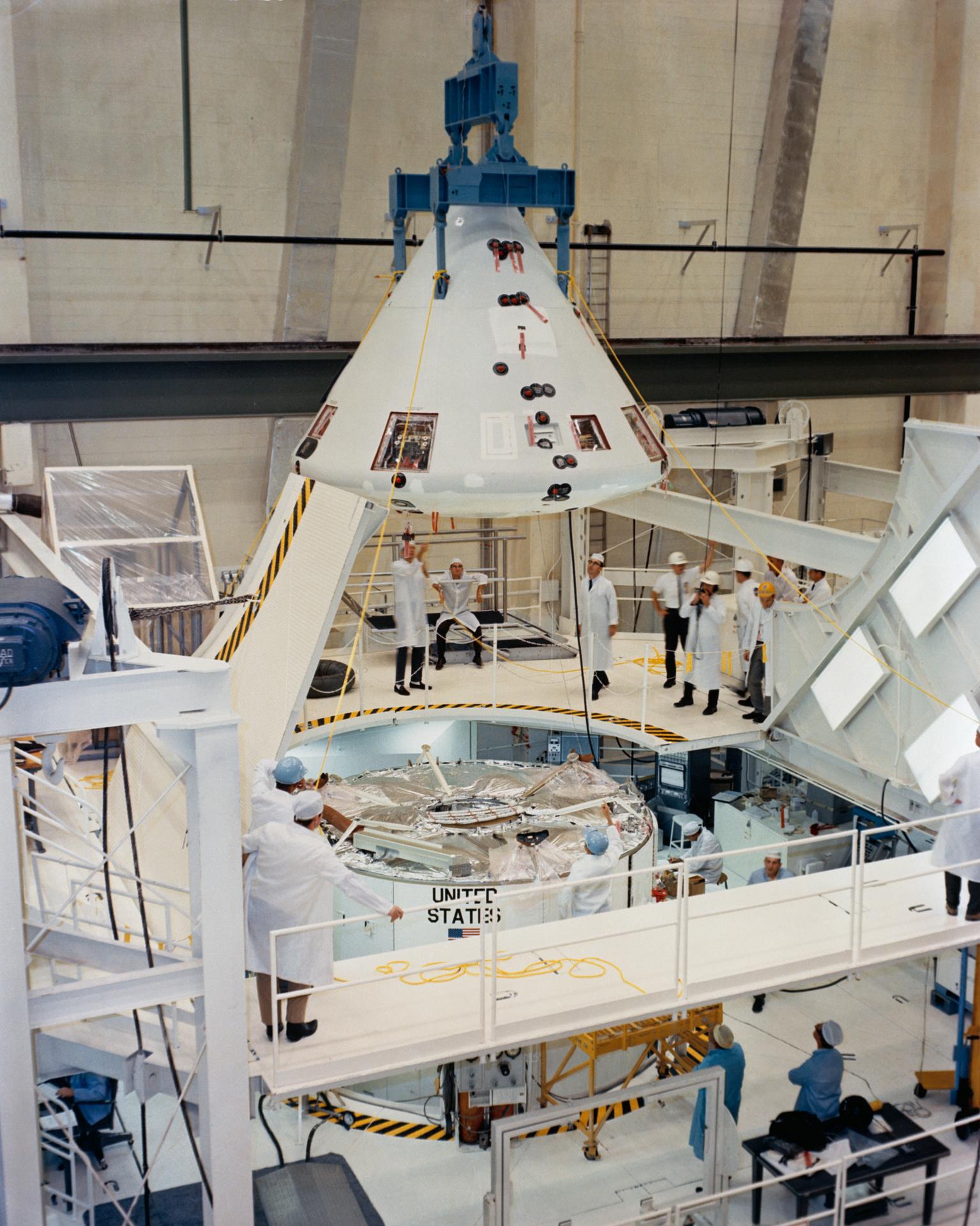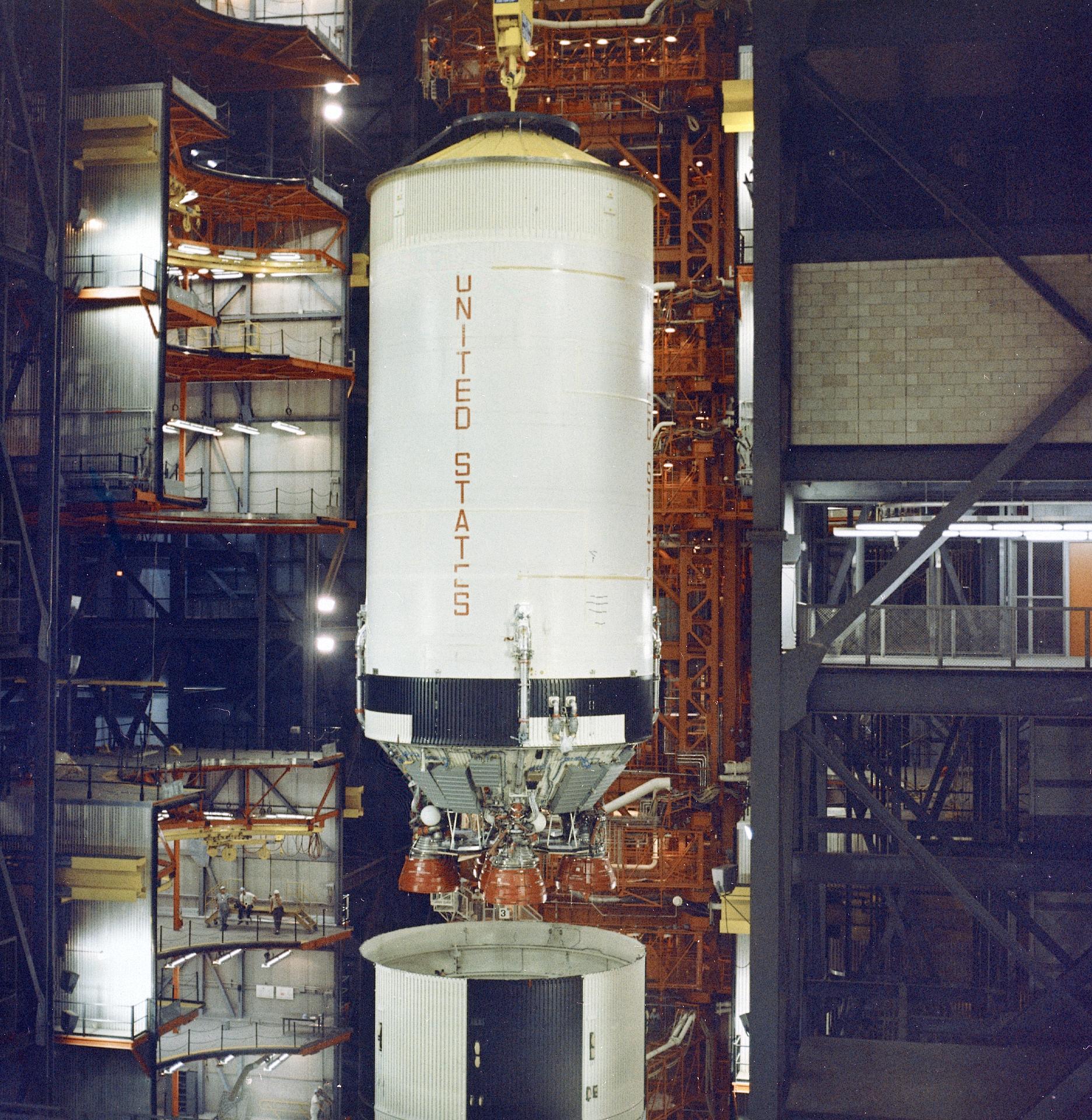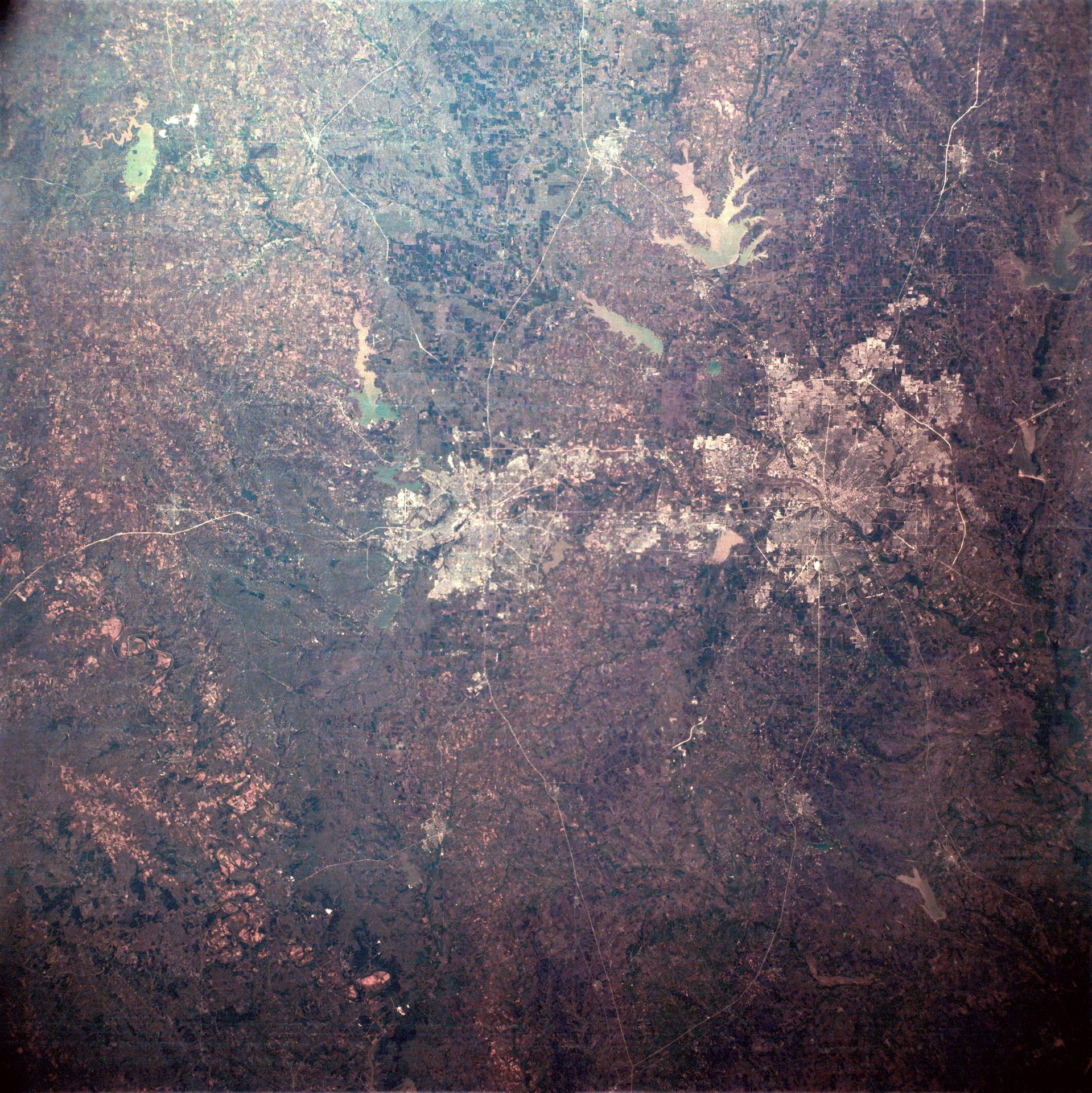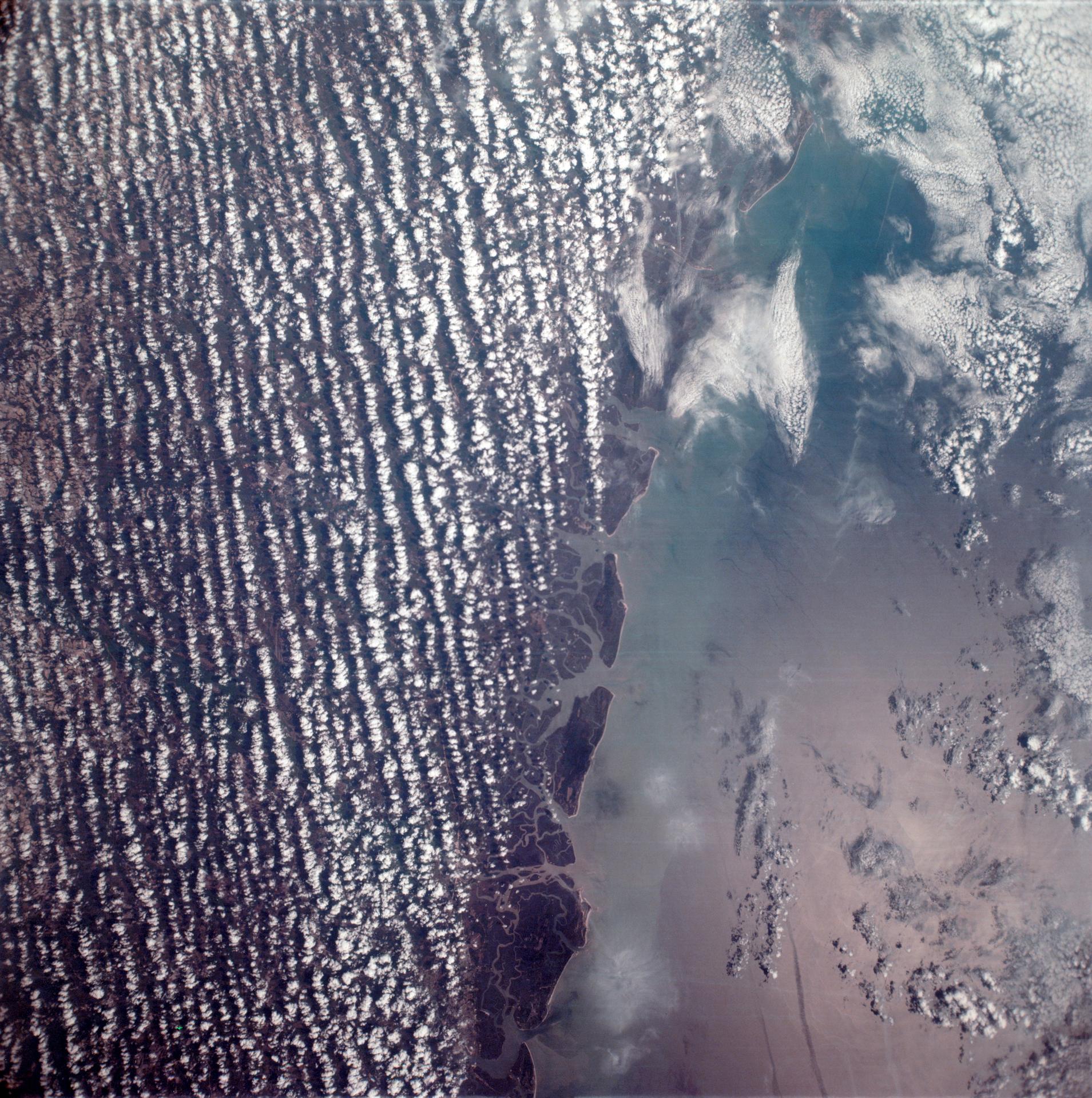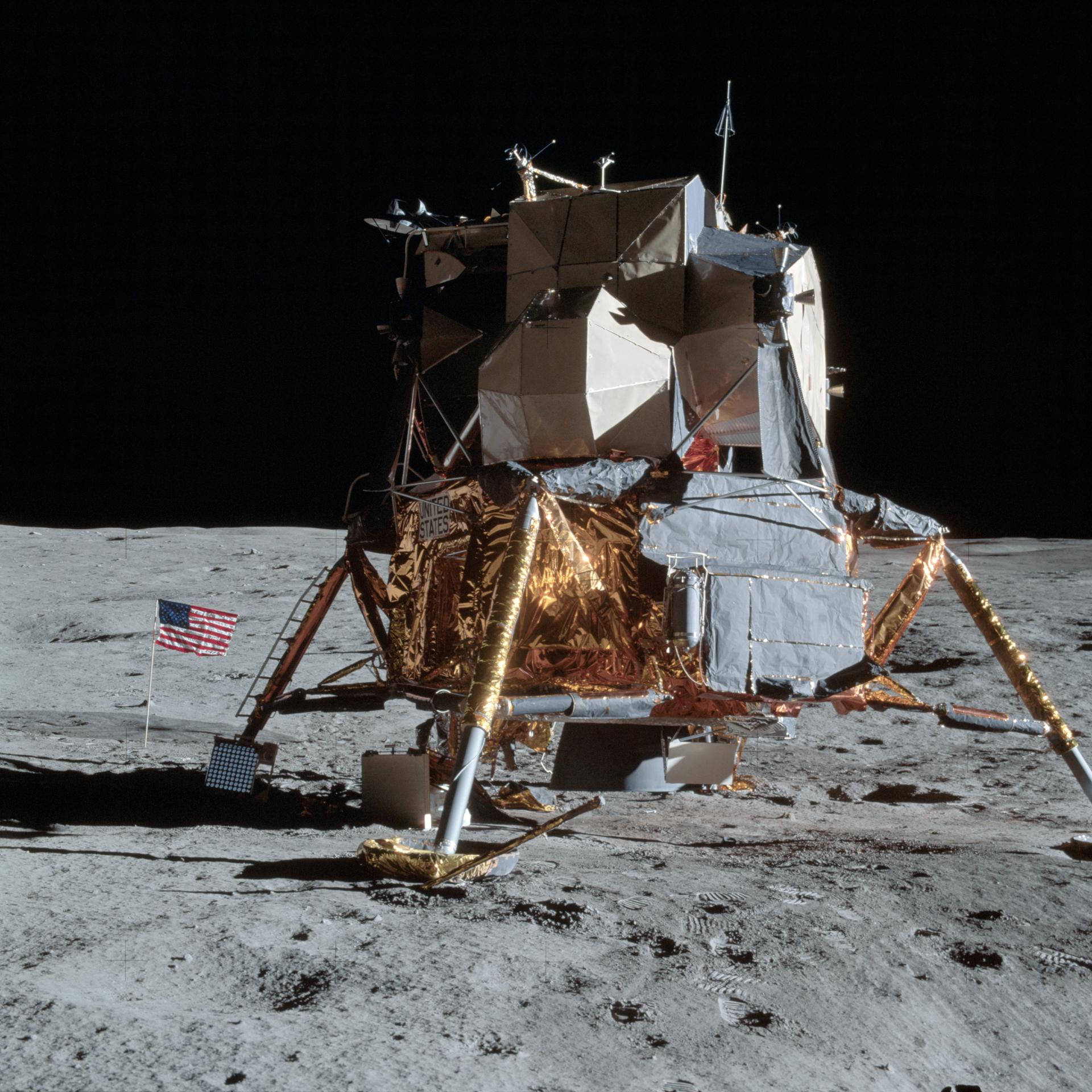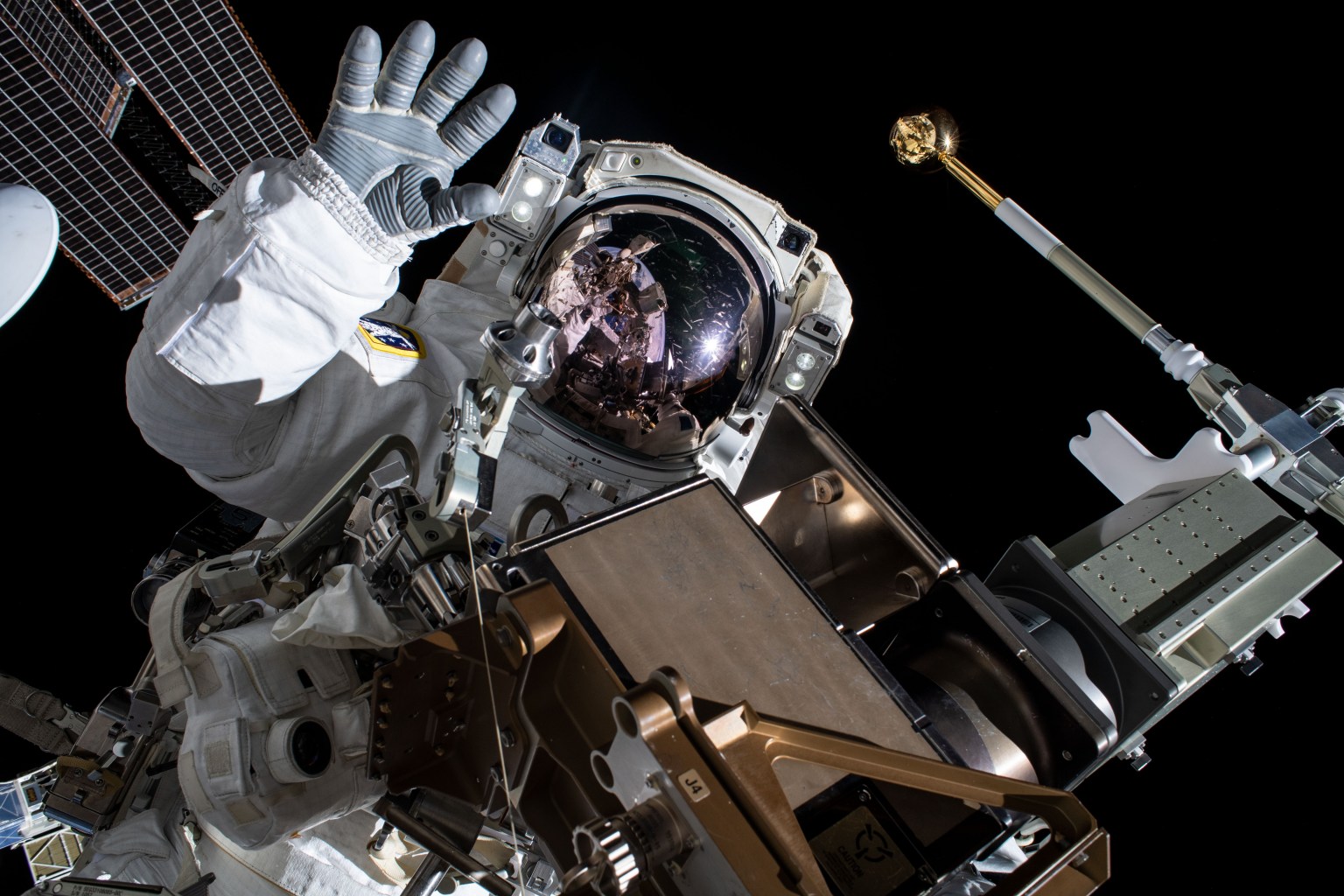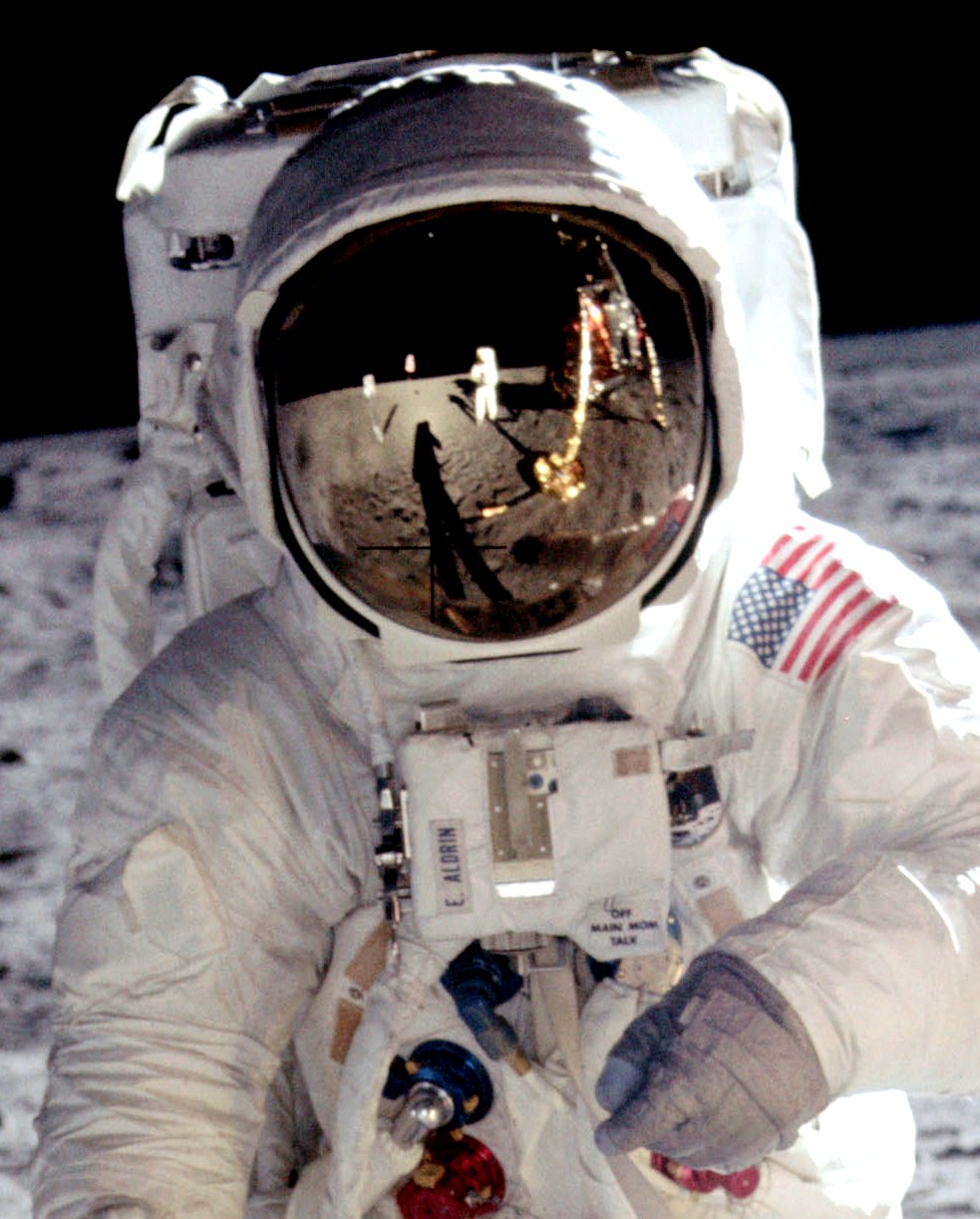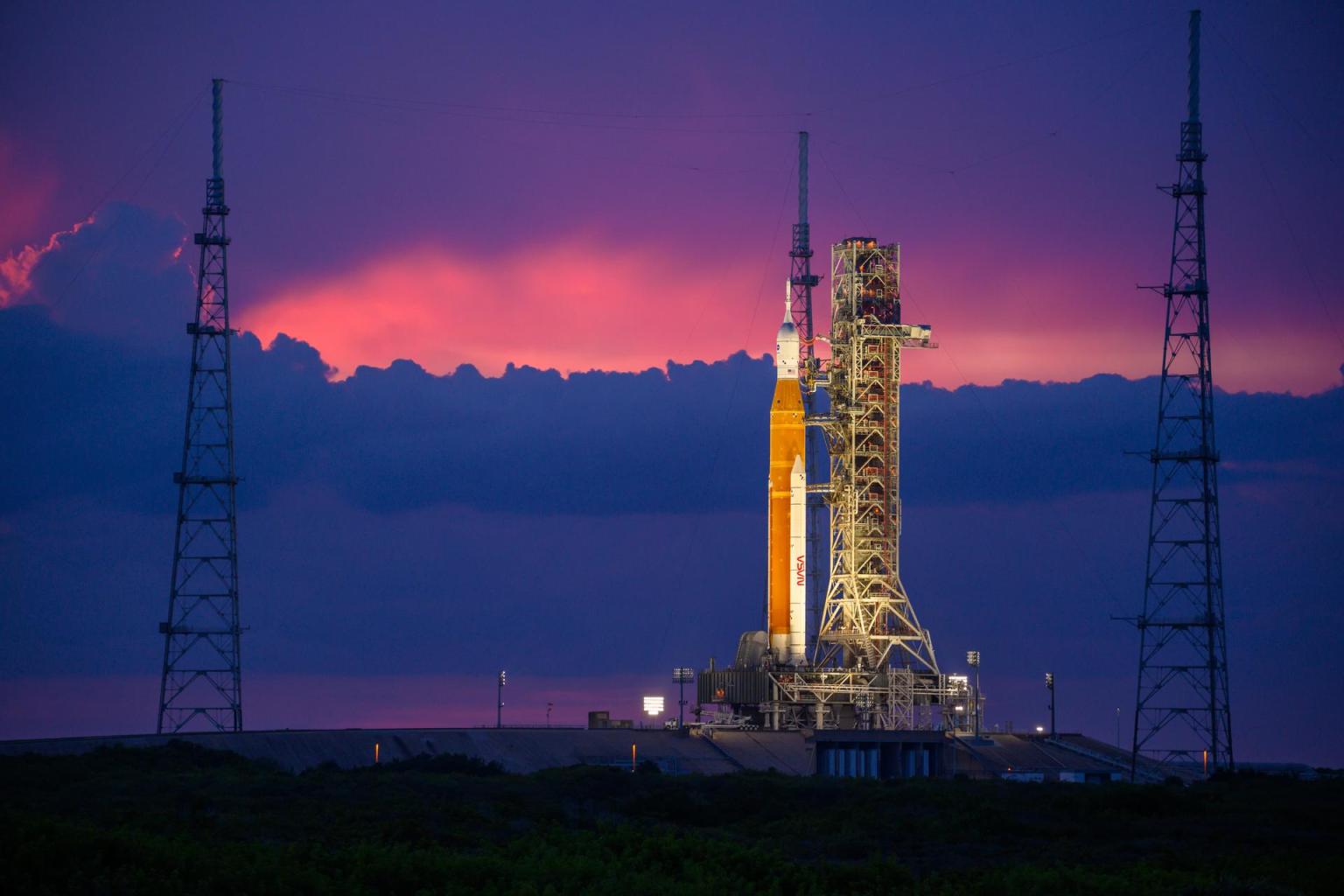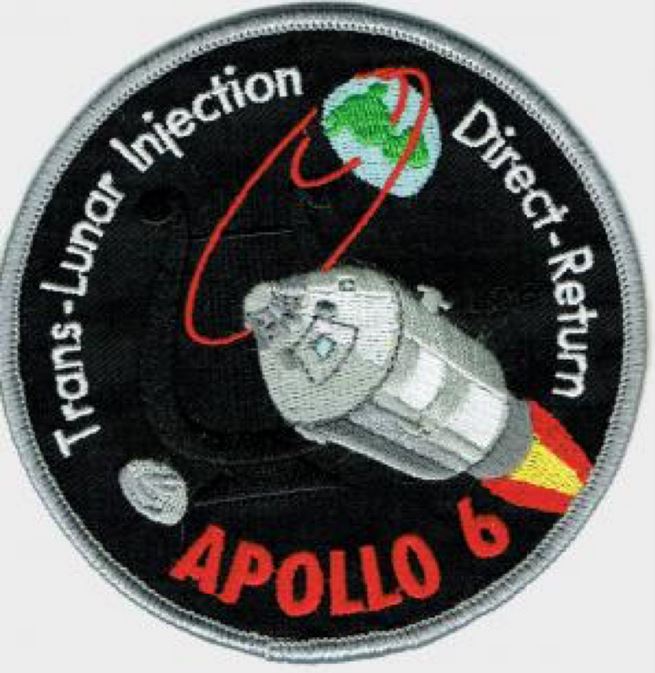
Apollo 6
The second test flight of the Saturn V launch vehicle.
Mission Type
Alternate Name
Launch
Splashdown
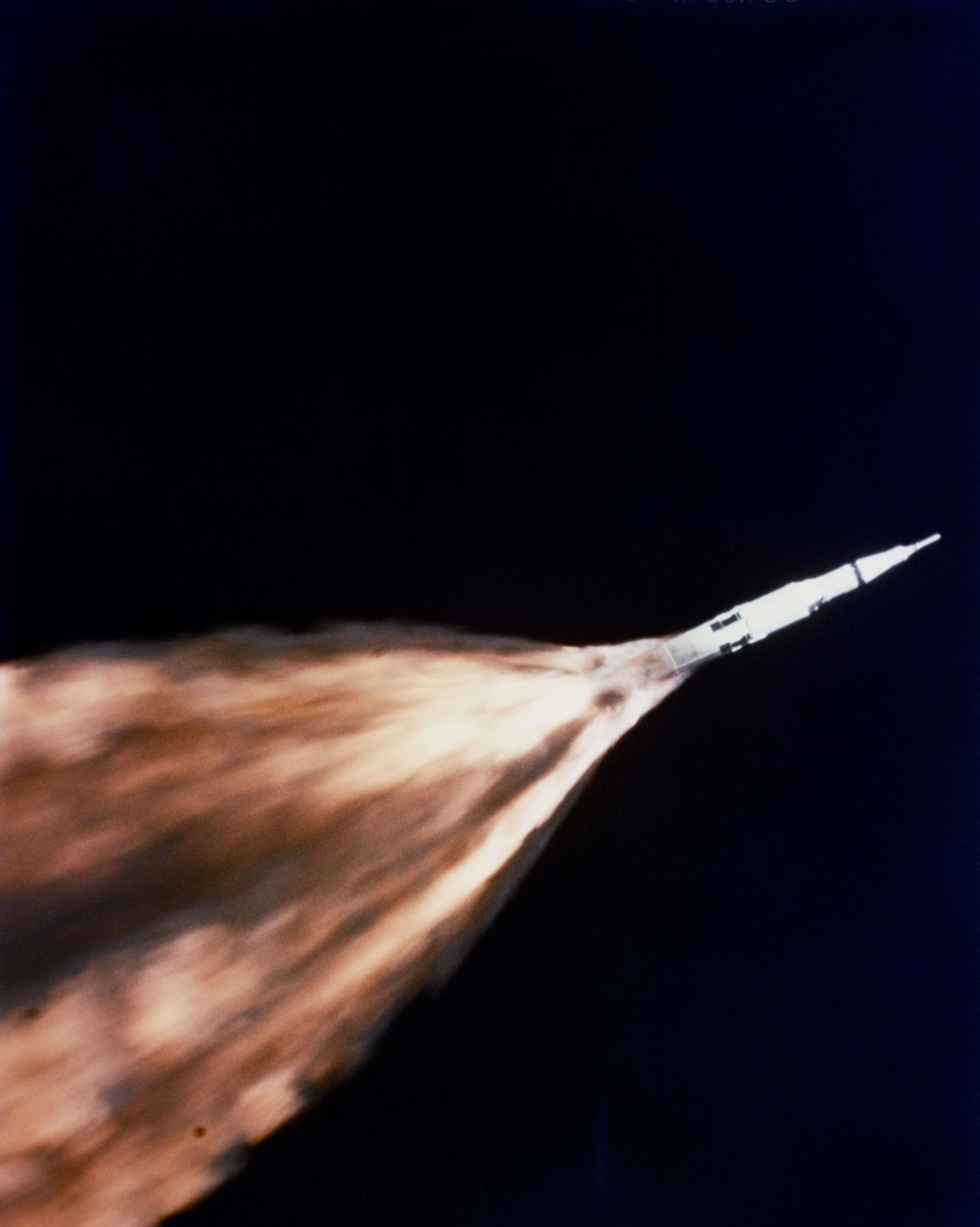
55 Years Ago: The Flight of Apollo 6
On April 4, 1968, the second Saturn V rocket thundered off its launch pad to begin the Apollo 6 mission,…
Read the Story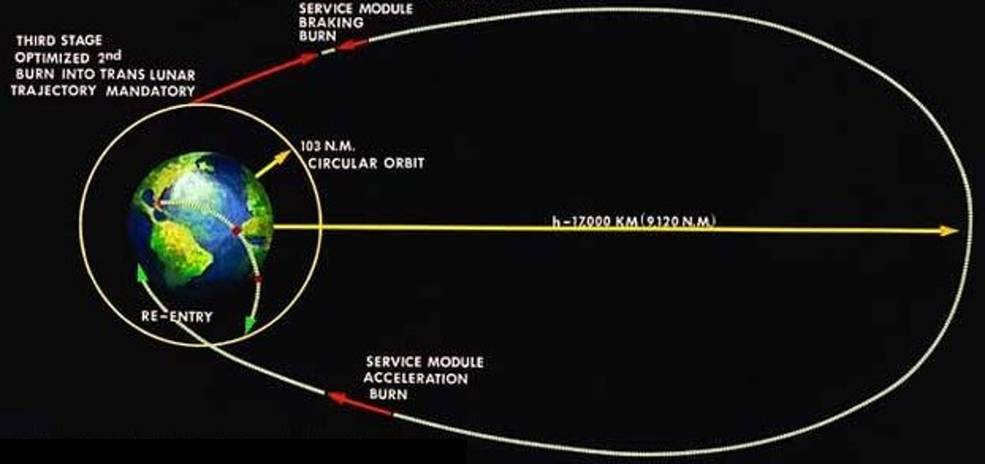
The uncrewed Apollo 6 mission was designed as the final qualification of the Saturn V launch vehicle and Apollo spacecraft for crewed Apollo missions. The spacecraft consisted of the three stage Saturn V, the Apollo Command and Service Module (CSM) and a boilerplate Lunar Module (LM). The primary objectives of the mission were to demonstrate structural and thermal integrity and compatibility of the launch vehicle and spacecraft, confirm launch loads and dynamic characteristics, and verify stage separations, propulsion, guidance and control, electrical systems, emergency detection system, and mission support facilities and operations, including Command Module recovery.
Three major problems occurred during the mission. Two minutes and five seconds after launch, the Saturn V structure underwent a severe pogo oscillation, without damage to the spacecraft structure. Due to a manufacturing flaw and unrelated to the pogo oscillations, structural panels were lost from the lunar module adapter. Finally, after the completion of first stage firing and part way through the second stage burn, two of the five second stage J-2 engines shut down prematurely. The planned 175 km circular Earth orbit was not achieved, instead, after completion of the third stage burn, the spacecraft was in a 172.1 x 223.1 km, 89.8 min orbit. After two orbits, the third stage failed to reignite as planned, so the Service Module propulsion system was used to boost the spacecraft to an apogee of 22,225.4 km, from which the planned lunar reentry simulation took place at 36,025 km/hr, slightly less than the planned velocity of 40,000 km/hr. The Command Module splashed down 80 km off target 9 hr 50 min after launch and was recovered in good condition.



























